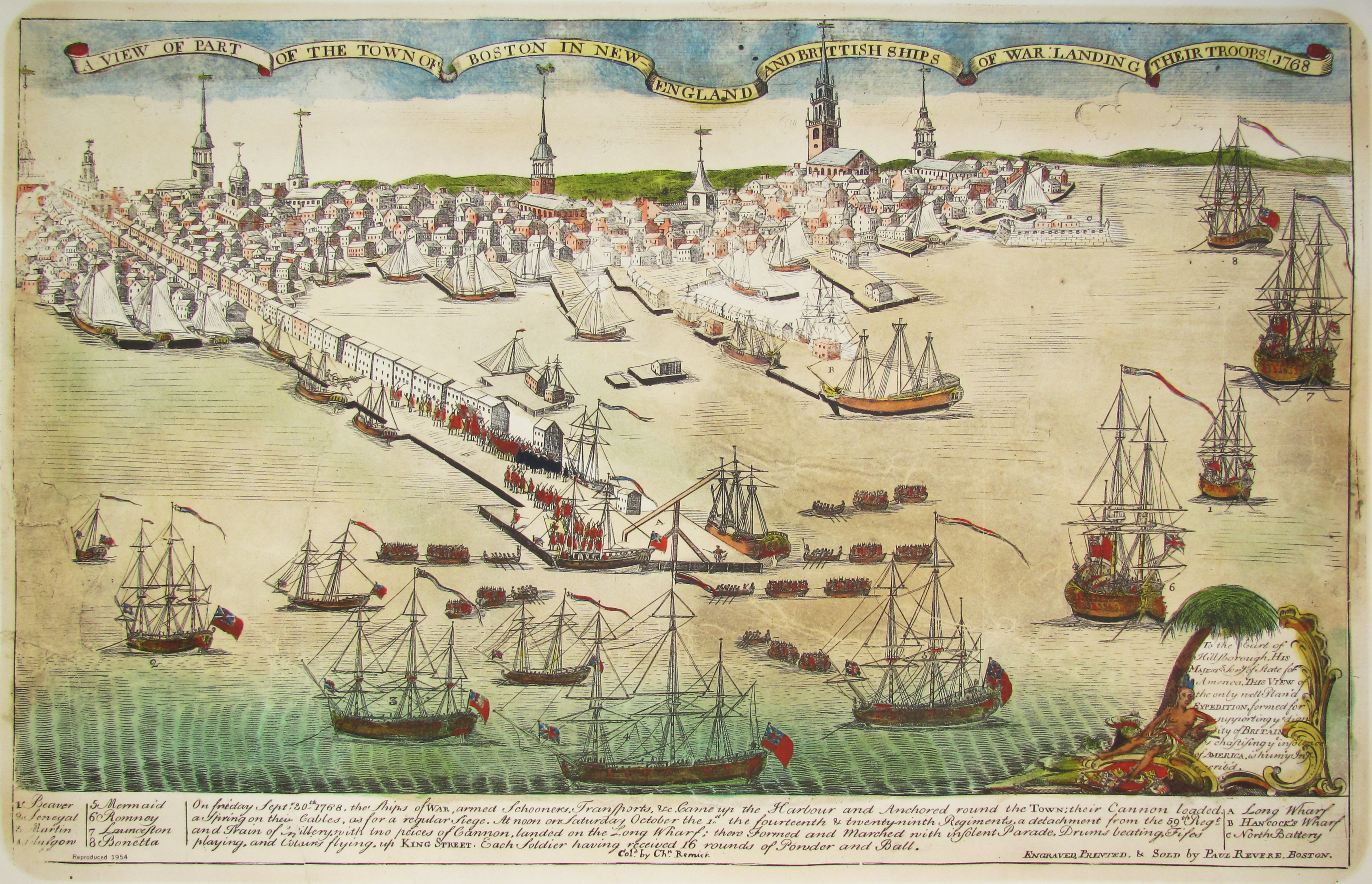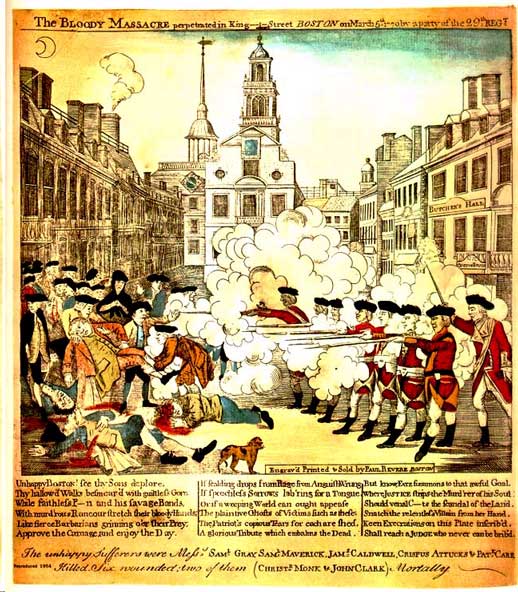Paul Revere and the Power of Political Cartooning
From Revolutionary Dissent, Chapter 6:
For Revere, the three engravings provided a telling progression of events for his political commentary. One print portrayed the landing of British soldiers in Boston that brought a standing army to the town. A second, of the shootings, laid bare the grisly tragedy that seemed, at least to Revere and the Sons of Liberty, the inevitable outcome of London’s decision to fill Boston streets with soldiers. And lastly, the crude drawings of five black coffins made the tragedy of unrestrained power complete.
Released within weeks of each other, the prints contained powerful ideas about the rights of British subjects and the abuse of power—and did so without a single spoken word or a single reference to Magna Carta, the Glorious Revolution, or for that matter the republican virtues of Cicero. Its power lay in its simplicity, its visual appeal, and its satiric exaggeration. No person in Boston or down the coast could possibly mistake the meaning that Revere intended to convey. As political cartoons, they conveyed meaning instantly and, to a large public, more powerfully than could an essay by James Otis Jr.
The political cartoon had arrived as a potent weapon in the arsenal of persuasion for colonial Americans, once again challenging the legal strictures of seditious libel.


